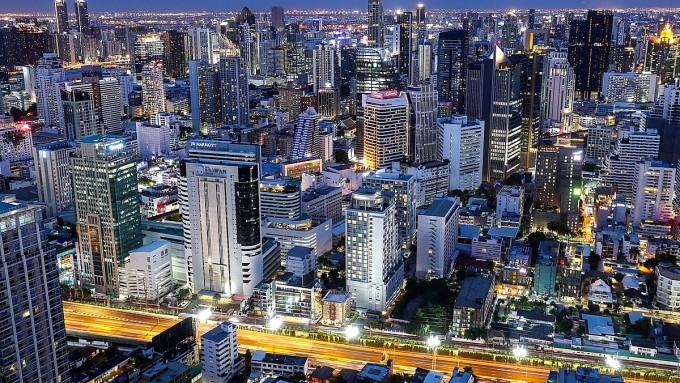Bangkok — Thailand, Southeast Asia’s second-largest economy, received 22.39 million foreign tourists between January 1 and September 7, 2025. According to the Tourism Ministry, this figure represents a 7.11% decline compared to the same period last year.
China remained the largest source market with 3.16 million visitors, followed by Malaysia. However, in August, the state planning agency revised its full-year forecast for foreign arrivals down from 37 million to 33 million, reflecting weaker-than-expected momentum.
Before the pandemic, Thailand welcomed a record 40 million visitors in 2019, underscoring how recovery has yet to fully stabilize. Meanwhile, Vietnam has surged in international tourism searches since late 2024, surpassing both Thailand and Malaysia in global interest, according to a national tour operators’ conference in Ho Chi Minh City.
Thailand’s hotel sector faces additional pressure. Border clashes with Cambodia could reduce average occupancy rates by more than 10% year-on-year, while Vietnam accelerates its tourism policies with digital campaigns and visa incentives.
To counter these challenges, Thailand is preparing to launch TouristDigiPay, a program allowing foreign visitors to convert digital assets into baht for local transactions. The initiative aims to attract younger, tech-savvy travelers and diversify spending channels.
Despite the slowdown, Thailand retains strong appeal for niche markets. Chiang Rai was ranked the second-safest city globally for female digital nomads, ahead of Penang (Malaysia) and Ubud (Indonesia), reinforcing the country’s reputation for safety and hospitality.
While competition intensifies, Thailand’s tourism industry remains resilient. The challenge now lies in adapting strategies to shifting regional dynamics—balancing innovation, safety, and cultural appeal to maintain its position as a premier destination.







